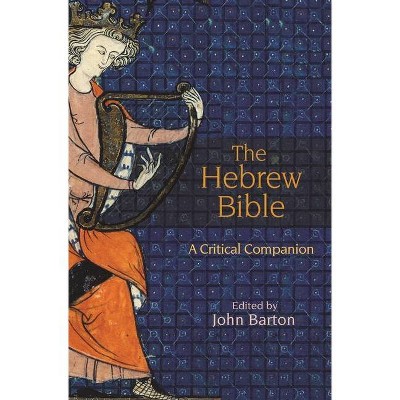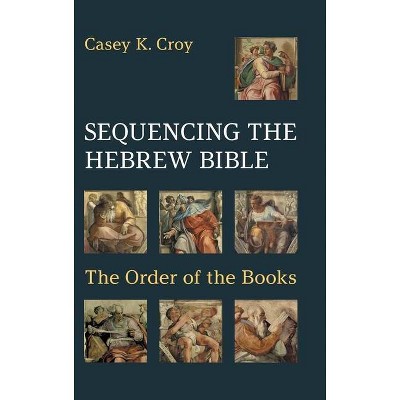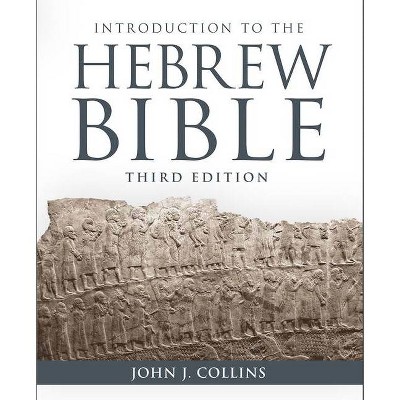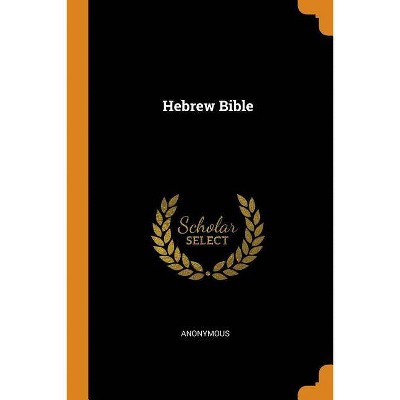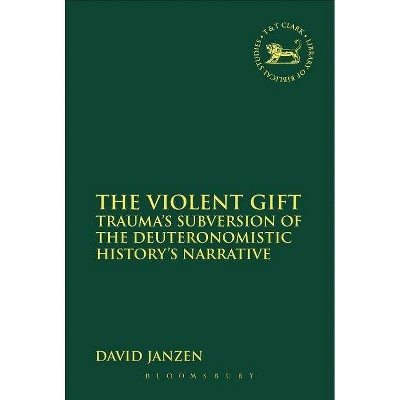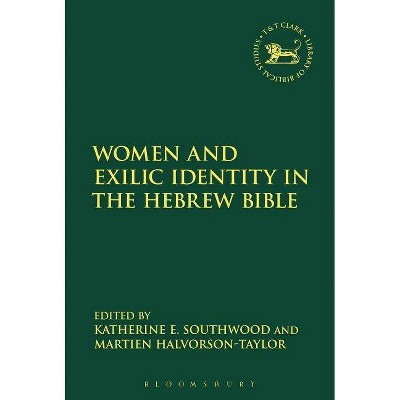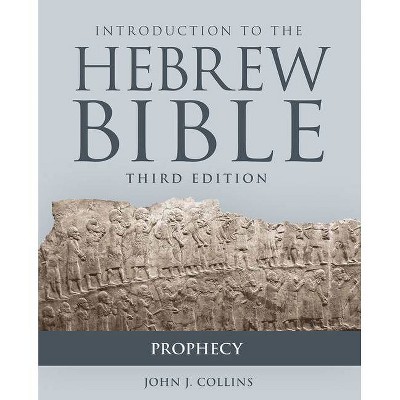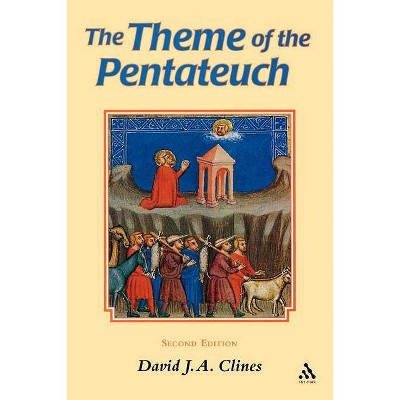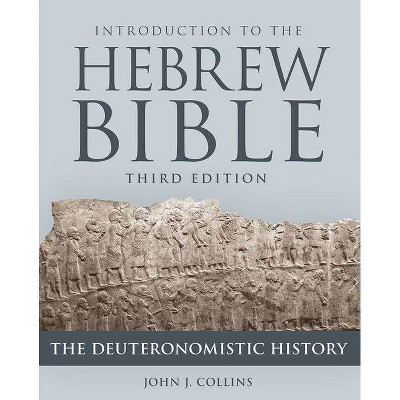The Hebrew Bible - 2nd Edition by David M Carr (Paperback)
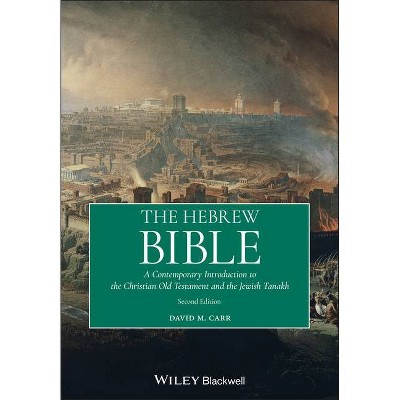
Similar Products
Products of same category from the store
AllProduct info
<p/><br></br><p><b> About the Book </b></p></br></br>"I am happy to have this opportunity to update and revise this Introduction after using and receiving feedback on the first edition over the last decade. This new edition includes corrections and a number of updates to reflect developments in recent scholarship. These revisions are too numerous to mention, but are illustrated by the inclusion of several new "More on Methods" boxes that discuss African American Biblical Interpretation, Afrocentric and Womanist Interpretation, Feminist Criticism and History of Interpretation/Reception, Trauma Studies and the Bible, and Ecological Biblical Criticism. This list reflects my ever-increasing consciousness of the importance for white male scholars like myself to recognize the impact of my social location on my writing and how I and my students must learn from the work and insights of colleagues of color. Readers are particularly encouraged to read those scholars' work directly, and I have provided some initial suggestions of resources to do so. One of the primary aims of the first edition of the introduction was to provide a relatively concise textbook so that students would have more time to read biblical texts as well. Though this revision includes substantial new material, I have worked to keep the overall book concise. In addition, users should note some new exercises and chapter review questions that focus on analysis of the Bible itself, including a series of questions oriented to the discussion of "focus texts" featured in most chapters. Overall, I have endeavored to cite biblical passages by the numbers that appear in widely-used English translations (e.g. NRSV, NIV; though note that some important English translations, e.g. the New Jerusalem or New Jewish Publication Society versions, follow the Hebrew versification, which diverges slightly for some biblical passages). In these ways I hope to have provided a more "Concise" and "Contemporary" Introduction to the Hebrew Bible and highlighted this in the revised subtitle of the book. Moreover, the main title was revised to focus on both Hebrew Bible and Old Testament to reflect the way that this book emphasizes academic study of the Bible and not just one (Christian) confessional approach to its subject matter. It should be emphasized, however, that this second edition preserves a focus on the impact of successive empires on the Hebrew Bible/Old Testament, even though it no longer includes the previous subtitle "sacred texts and imperial contexts.""--<p/><br></br><p><b> Book Synopsis </b></p></br></br><p><b>Discover the historical and social context of one of the most influential works ever written with this authoritative new resource</b></p> <p>The newly revised second edition of <i>The Hebrew Bible: A Contemporary Introduction to the Christian Old Testament and Jewish Tanakh</i> delivers a brief and up-to-date introduction to the Hebrew Bible/Old Testament in the broader context of world history. Its treatment of the formation of the Bible amidst different historical periods allows readers to understand the biblical texts <i>in context</i>. It also introduces readers to scholarly methods used to explore the formation of the Hebrew Bible and its later interpretation by Jews and Christians.</p> <p>Written by a leading scholar in the field, this new edition incorporates the most recent research on the archaeology and history of early Israel, the formation of the Pentateuch, and the development of the historical and poetic books. Students will benefit from the inclusion of study questions in each chapter, focus texts from the Bible that illustrate major points, timelines, illustrations, photographs and a glossary to help them retain knowledge.</p> <p>The book also includes: </p> <ul> <li>A deepened and up-to-date focus on recent methods of biblical study, including trauma studies, African American, womanist, and ecocritical approaches to the Bible</li> <li>An orientation to multiple bibles, translations and digital resources for study of the Bible</li> <li>An exploration of the emergence of ancient Israel, its first oral traditions and its earliest writings</li> <li>Discussions of how major features of the Bible reflect communal experiences of trauma and resilience as Israel survived under successive empires of the Ancient Near East.</li> <li>Fuller treatment of the final formation of biblical books in early Judaism, including coverage of diverse early Jewish texts (e.g. Ben Sira, Enoch, Judith) that were revered as scripture before there were more clearly defined Jewish and Christian Bibles</li> </ul> <p>Designed for students of seminary courses and undergraduate students taking an introduction to the Hebrew Bible/Old Testament, this second edition of <i>The Hebrew Bible</i> also will interest general readers with interest in the formation of the Bible.</p><p/><br></br><p><b> About the Author </b></p></br></br><p><b>DAVID M. CARR</b> is Professor of Hebrew Bible/Old Testament at Union Theological Seminary in New York. He is an accomplished scholar and author and has written several books on the formation of the Bible, trauma studies and the Bible, and sexuality and the Bible.</p>
Price History
Price Archive shows prices from various stores, lets you see history and find the cheapest. There is no actual sale on the website. For all support, inquiry and suggestion messages communication@pricearchive.us

